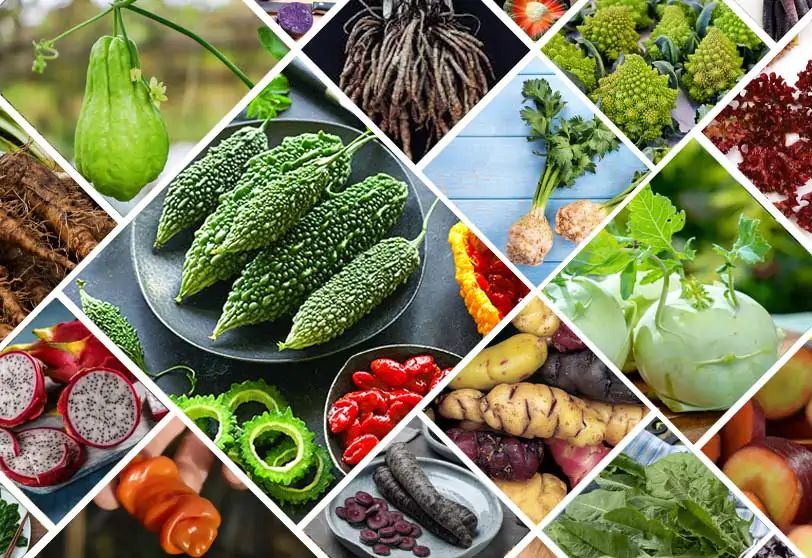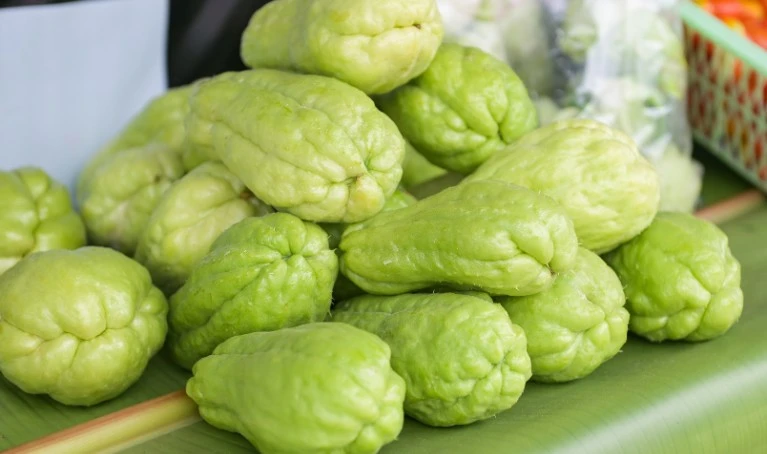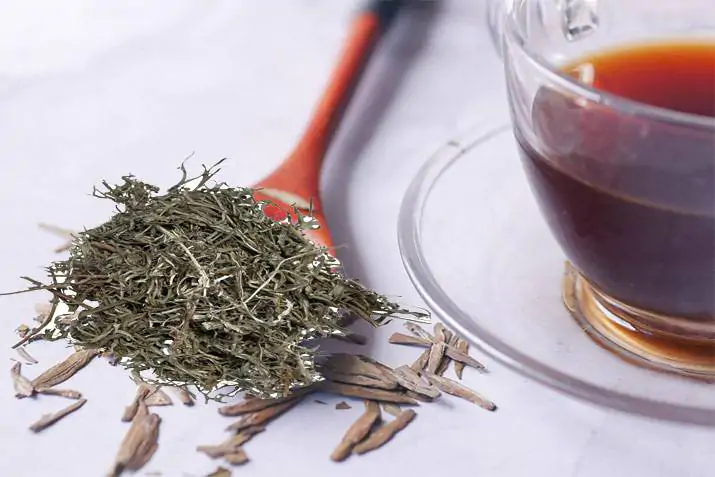Are you a fruit lover who’s curious about fructose and its effects on your health? Well, you have come to the right place! Fructose is a natural carbohydrate found in sweet treats like honey, fruits, and even some veggies. But did you know that excessive intake of fructose can lead to health issues such as obesity, diabetes, and fatty liver?
Don’t worry, we’ve got you covered. In this article, we’ll dive into the world of fructose intolerance and explore the symptoms, causes, and effects of consuming too much of this sweet stuff. Plus, we’ll take a closer look at some high-fructose fruits like juicy grapes, tropical mangoes, and delicious pears, examining their origin, size, nutritional value, and more. So, sit back, grab a fruit snack, and let’s learn together about the benefits and potential drawbacks of these sweet treats!
What is Fructose?
Fructose is a type of Carbohydrate which is used as an energy source by our bodies after converting into glucose. It is naturally found in fruits, honey, and some vegetables. It is used as a sweetener in processed foods and beverages. More importantly, excessive intake of fructose leads to negative health outcomes such as obesity, diabetes, and fatty liver. It is important to note that we need to be careful about its intake.
Fructose Intolerance
Fructose intolerance is also known as heredity fructose intolerance (HFI) in which the body lacks the ability to process fructose. It is a rare disease that affects 1 in 20,000 or 1 in 30,000 people globally. Aldolase B deficiency leads to fructose intolerance because the breakdown of fructose in the liver is affected.
Symptoms
- Vomiting
- Diarrhea
- Low blood sugar
- Jaundice
- Enlarged liver
Fruits High in Fructose
The high-fructose fruits that should be eliminated from the normal diet are
- Grapes
- Mango
- Pear
- Cherries
High fructose fruits are good or bad for health?
It totally depends on the person’s condition as people with certain health issues like type 2 diabetes, non-alcoholic fatty liver disease, and fructose intolerance should avoid taking too much fructose. In other people, these high fructose fruits are part of a normal diet and provide essential nutrients such as vitamins, minerals, and fibers along with satisfying sweet cravings.
Also Read: The Ultimate Low Fructose Fruit Guide
1. Grapes
Grapes are an example of high fructose fruits because the ratio of glucose is less than fructose in grapes. They are good sources of vitamins and minerals and have a good number of antioxidants. The fructose-to-glucose ratio in grapes is 60/40.
Benefits of Grapes
- Aids heart health
- High in antioxidants
- Have anticancer effects
- May protect against diabetes
- Lowers blood sugar level
- Benefits eye health
- Improves memory and attention
- May support bone health

Botanical Name: Vitis vinifera
Origin: Central Europe, and southwestern Asia (From thousands of years for vine production, raisins and consumed as fresh fruit)
Size of tree: Grapes are not trees but in the form of vines that climb objects Up to 50 feet (15 meters) in length
Exposure: Grapes require full sun exposure
Soil: pH range of 5.5-7.0
Nutritional Information
Here is some nutritional information about the Grapes.
| Calories | 104 calories |
| Carbohydrates | 27.3 g |
| Fiber | 1.4g |
| Protein | 1g |
| Fat | 0.2g |
| Vitamin C | 27.3% of daily value |
| Vitamin B6 | 5% of the daily value |
| Potassium | 288 milligram |
It is the generalized information regarding nutritional content, the exact value can vary depending on the variety and growing conditions.
2. Mango
Mangoes are considered to be high fructose because they have a slightly more percentage of fructose as compared to glucose. The exact glucose and fructose ratio is not fixed. It varies according to the type of variety and degree of ripeness of the fruit.
According to the United States Department of Agriculture (USDA), there are almost 22 grams of sugar in 1 cup of fully prepared mango. Fructose-sensitive individuals should limit the intake of mangoes, otherwise, they may experience gastrointestinal problems.
Benefits of mango
- Rich source of vitamins A, C, potassium, and folate
- Rich sources of anti-oxidants such as beta-carotene
- Contains digestive enzymes that aid in digestion
- Improve heart health due to the presence of fiber and potassium
- Maintain eyes health due to the presence of beta-carotene

Botanical Name: Mangifera indica
Origin: Northeastern regions of India, Bangladesh, and Myanmar
Size of tree: Mango trees are evergreen trees that can grow up to 100 feet (30 meters)
Exposure: They require full sun exposure
Soil: pH range of 6.0-7.5 is ideal
Nutritional Information
Here is some nutritional information about Mangoes.
| Calories | 99 calories |
| Carbohydrates | 25.7 g |
| Fiber | 2.6g |
| Protein | 1.4g |
| Fat | 0.6g |
| Vitamin C | 46% of daily value |
| Vitamin B6 | 11% of daily value |
| Potassium | 27.7 milligrams |
It is the generalized information regarding nutritional content, the exact value can vary depending on the variety and growing conditions.
3. Pear
Pears are considered high-fructose fruit. Generally, a 178-gram diced pear (1 medium-sized) contains approximately 17 grams of sugar, which is 11 grams of fructose and 4 grams of glucose.
Benefits of Pear
- High in fiber
- Rich in vitamins and minerals such as Vitamin C, K, Potassium, and Copper
- Anti-inflammatory properties
- Aid in weight management (due to low calories and low fats)
- Improves heart health
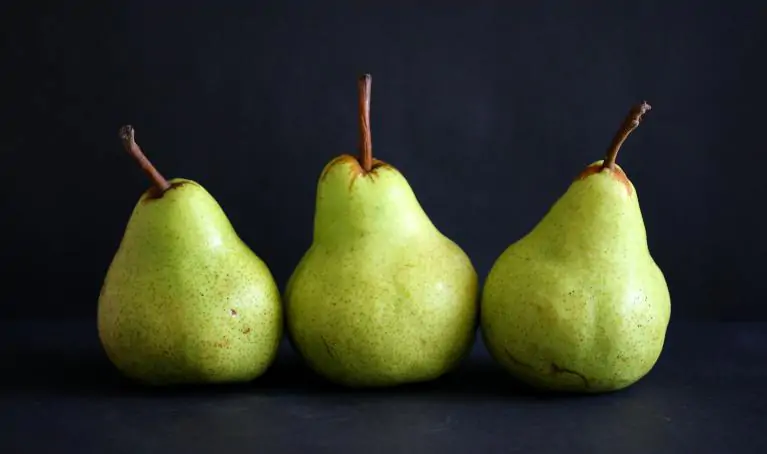
Botanical Name: Pyrus communis
Origin: Its region started in Eastern Europe and moved to Western Asia
Size of tree: 15 to 30 feet tall
Exposure: Full sun exposure, they are also able to tolerate some shade
Soil: pH of 6.0 to 6.5
Nutritional Information
Here is some nutritional information about Pear.
| Calories | 100 calories |
| Carbohydrates | 27g |
| Fiber | 6g |
| Protein | 1g |
| Fat | 0 |
| Vitamin C | 7% of daily value |
| Vitamin B6 | 4% of daily value |
| Potassium | 5% 0f daily value |
It is the generalized information regarding nutritional content, the exact value can vary depending on the variety and growing conditions.
4. Cherries
Cherries are considered in the category of high fructose fruits. In 100 grams of fruit, there are 12 grams of sugar.
Benefits of Cherries
- Anti-inflammatory properties
Due to the presence of anthocyanins, cherries are able to have anti-inflammatory properties and reduce the symptoms of arthritis.
- Improved sleep
The hormone, Melatonin, which is responsible for the sleep-wake cycle is naturally produced by cherries. Sleep quality can be improved by having a glass of cherry juice.
- Lower risk of chronic disease
Due to the presence of antioxidants, cherries reduce the risk of inflammation and prevent chronic diseases.
- Improve gut health
Due to the presence of good-quality fibers, gut health is improved by cherries.
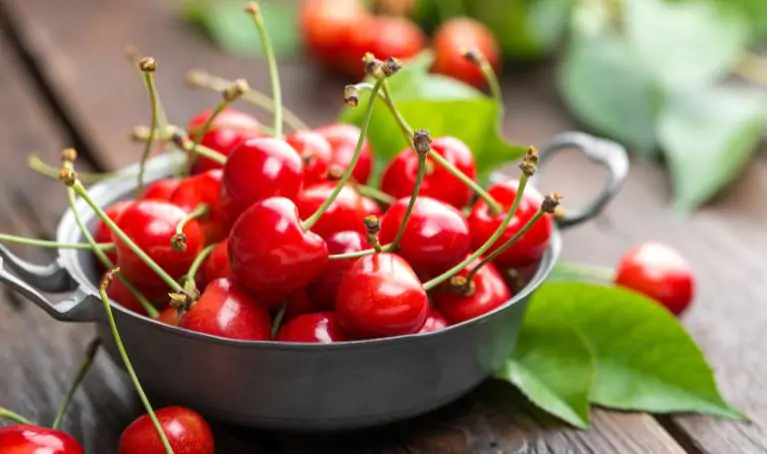
Botanical Name: Prunus avium
Origin: Asia Minor, in the region around the Black Sea.
Size of tree: Cherry trees can grow up to 10-15 meters
Exposure: Full sun exposure
Soil: pH of 6.0 to 7
Nutritional Information
Here is some nutritional information about cherries.
| Calories | 63 kcal |
| Carbohydrates | 16g |
| Fiber | 2g |
| Protein | 1g |
| Fat | 0 |
| Vitamin C | 7mg |
| Vitamin B6 | 0.05mg |
| Potassium | 222 milligrams |
Conclusion
A healthy and delicious food addition to a balanced diet can be done by incorporating high-fructose fruits. People having type 2 diabetes, Non-alcoholic fatty liver, and fructose intolerance should avoid these fruits. But most people can have them without any underlying problems. Moderation is the key to incorporating high-fructose fruits into your diet. These fruits are packed with vitamins, minerals, and nutrients. If you are having any problem regarding health or you are conscious about fructose intake, talk to your doctor or registered dietitian or nutritionist for proper diet management.


